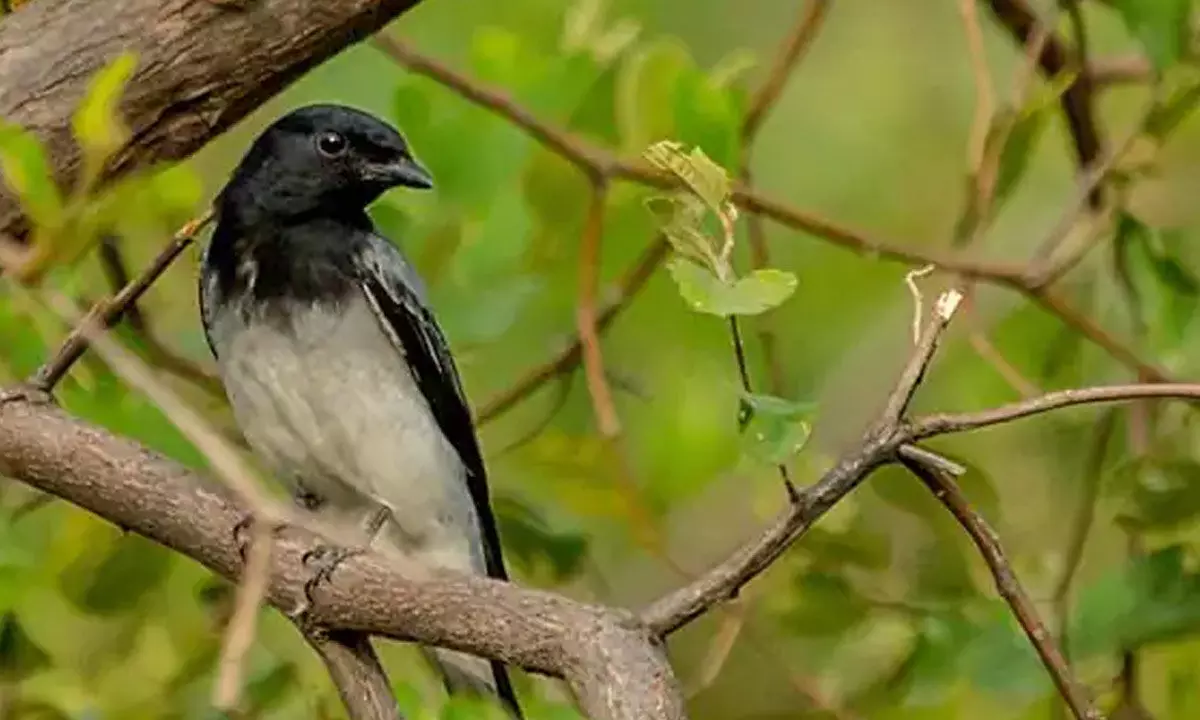Live
- Common Mistakes to Avoid When Hiring Executive Manufacturing Recruiters in Mexico
- Thila Taila Abhishekah Pooja to Lord Shaneswara
- Priyanka Gandhi says BJP talking of 'tinkering' with Constitution with PM’s nod
- LS polls: PM Modi says BJP-NDA leading 2-0 after first two phases
- Plea in Madras HC seeks special polling arrangement for names 'missing' from Coimbatore voter list
- Ex CM KCR Bus tour on 4 th day
- Youth National Games 2024 kick-start in Delhi; over 5,000 athletes from 15 states vying for top honours
- TN Police warn people against fraudsters using AI-based voice cloning
- L-G office blames Saurabh Bharadwaj for delay in enhancing MCD Commissioner's financial powers
- ICICI Bank posts 17 per cent rise in Q4 net profit at Rs 10,707cr; declares dividend of Rs 10 per share









